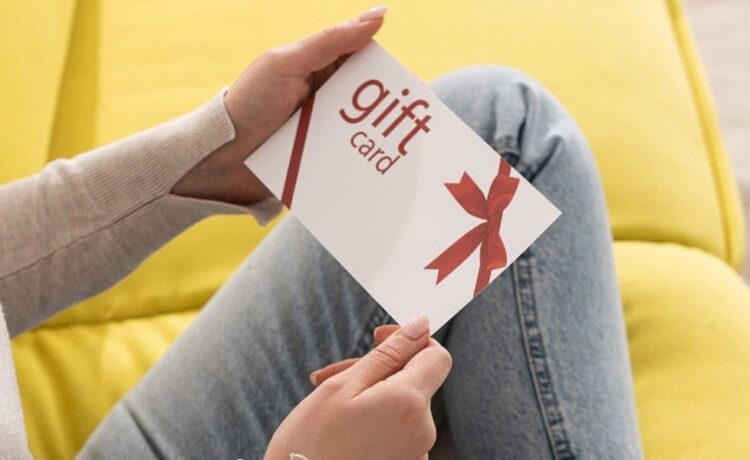With today’s digital marketplace, gift cards give recipients more shopping freedom than cash. The checkout processes of online retailers, subscription services, and specialty stores accept gift cards. https://my-giftcardmall.com/ shows how digital gift card platforms eliminate the need to visit physical stores or handle cash. Recipients enjoy browsing specific retailers they love without worrying about carrying cash or making change during transactions. The versatility extends beyond single-store purchases since many gift cards work across multiple merchant networks. Recipients choose when, where, plus how to spend their gift value based on personal needs rather than immediate pressure to use cash quickly.
Security benefits matter
Gift cards offer superior protection compared to cash presents that disappear permanently when lost or stolen. Most modern gift cards include fraud protection measures, replacement policies, plus customer service support that cash cannot provide. Recipients register their cards online to track balances, monitor transactions, plus report problems immediately when issues arise. Lost cash means permanent loss, while lost gift cards often get replaced through proper channels:
- Card registration systems maintain purchase records
- Customer service departments help recover lost or stolen card values
- Digital delivery methods eliminate physical theft risks during transport
- PIN protection plus activation requirements prevent unauthorized usage
Cash presents lack these protective features, making gift cards the safer choice for valuable presents.
Presentation looks better
The presentation of gift cards is more appealing than folding cash into cards. Cards feature appealing graphics, seasonal themes, and personalized messages. Recipients appreciate the visual effort that gift cards allow, from custom photo cards to branded designs matching their interests. The presentation advantages extend to group gifting situations where multiple people contribute toward larger purchases. Combining cash contributions looks messy, while pooled gift card values appear thoughtful.
Spending control helps
A gift card encourages more thoughtful spending than cash, which is easily mixed with everyday funds. Receivers often buy items they wouldn’t normally purchase with gift cards. This psychological separation makes the gift feel more meaningful plus memorable than cash that disappears into regular expenses. Parents particularly appreciate gift cards for teenage recipients who might spend cash on inappropriate items:
- Restaurant gift cards ensure money goes toward meals rather than questionable purchases
- Clothing store cards direct spending toward needed wardrobe items
- Entertainment venue cards promote positive social activities
- Educational supply cards support school or hobby-related expenses
Gift cards provide gentle guidance without appearing controlling or restrictive.
Digital convenience wins
Mobile wallets integrate gift cards digitally, eliminating the risk of losing physical cards. Checking balances through smartphone apps is instant, while automatic notifications alert users of expiring balances. Online redemption processes work smoothly across desktop:
- Instant balance verification during checkout
- Partial balance usage with remaining value preservation
- Multiple payment method combinations when gift card values run short
- Transaction history tracking for budgeting
Gift cards outperform cash presents through superior security, presentation appeal, spending guidance, plus digital convenience features. While cash offers universal acceptance, gift cards provide targeted shopping experiences that feel more personal. Recipients enjoy the flexibility of choosing their own purchases while beneficiaries appreciate the protection advantages that cash cannot match. The evolution toward digital gift systems continue, making gift cards increasingly convenient for modern lifestyles where online shopping and mobile transactions dominate consumer behaviour.

